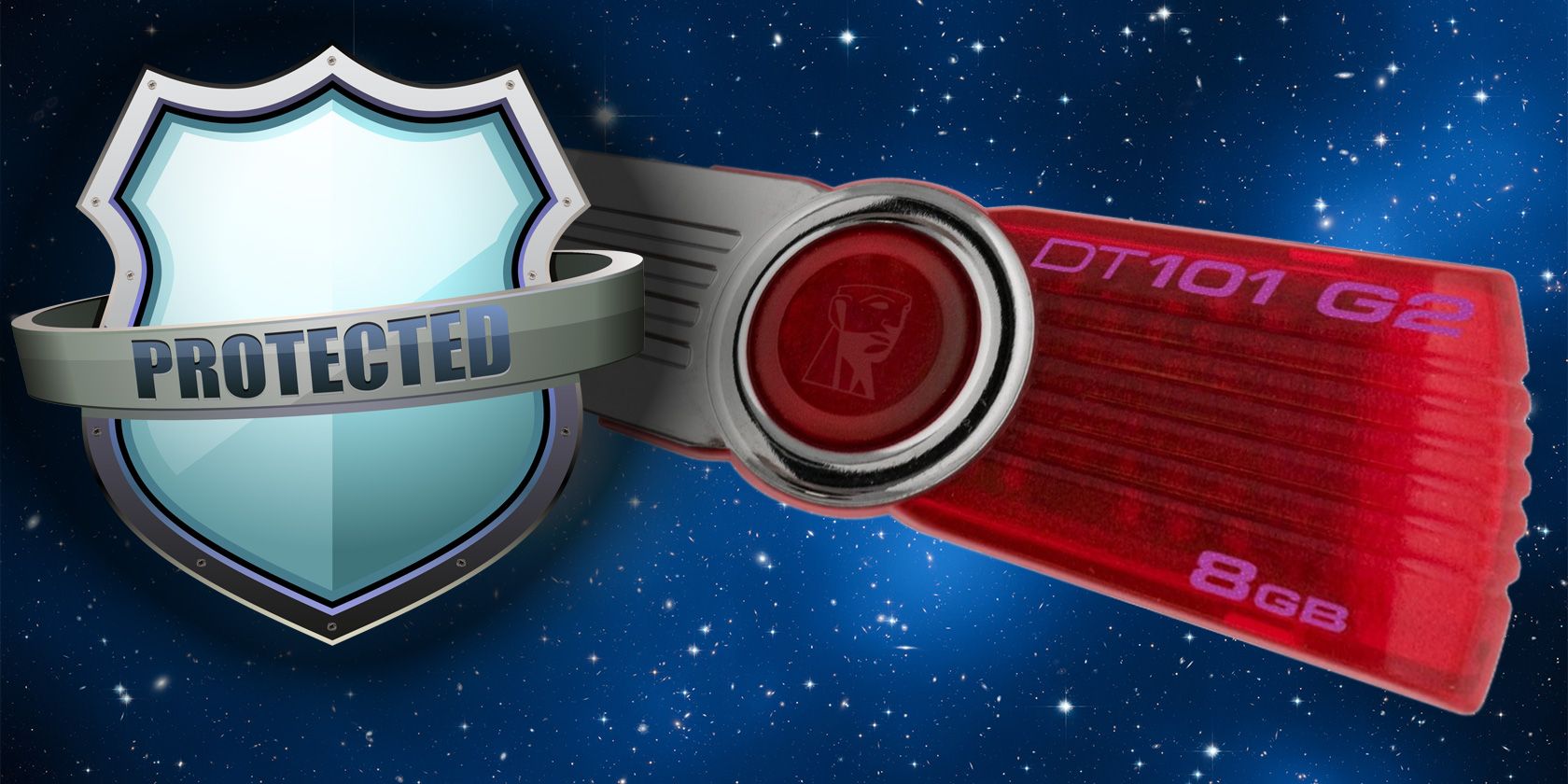
You’re trying to save data on your USB flash storage, but there’s a problem. Any attempt to save displays the message that the drive is “write protected”. How can this be?
The drive won’t even allow you to reformat it, and there’s no apparent switch for enabling or disabling write protection. Puzzled? Here’s how to format your write protected USB flash drive and start using it again.
Is the USB Drive Write Protected or Corrupted?
Before proceeding, take the time to make sure that the drive is genuinely write protected. A couple of other issues could be coming into play here.
- Your PC’s USB port is defective or blown entirely. Fixing a damaged USB port can be tricky but not impossible.
- The flash drive is corrupt. Whether you’re using a full USB flash stick or USB SD card adapter, problems with the device can occur. These steps will help you fix a corrupted flash drive.
Confident the problem is just write protection on your USB flash stick? Let’s move on.
How to Remove USB Write Protection With Diskpart
Before starting, insert your USB flash drive into your computer’s USB port.
Windows has a built-in disk partition management tool called Diskpart. You can open this by hitting Windows key + R, entering cmd, then hitting Enter.
User Access Control will prompt you to confirm the action. Click Yes to continue.
You should now see CMD, the command line tool. At the prompt, enter
diskpartA new command line window will open, with a new DISKPART prompt. It’s time to see which disks are attached to your computer:
list diskThe resulting table will list the currently available devices. But which is your USB drive?
Disk 0 will be your computer’s system drive. This is the one that Windows is installed on. If you have multiple partitions, these will be sequentially numbered. Note that the size is displayed for each disk.
With a USB flash device connected, (which will be Disk 1 or higher) you should be able to identify it by its comparatively low capacity.

In the image above, while Disk 0 is 119GB and Disk 1 931GB (two partitions of the same drive), Disk 2 is 16GB.
Therefore, Disk 2 is the USB flash drive. You should be able to check the capacity on the device itself, as this is usually printed on a drive’s casing. If not, you’ll be able to confirm it in Windows Explorer.
Select the Right Disk!
Before proceeding further, be absolutely certain that you have identified the USB flash drive. Note also that USB flash drives can be as high as 1TB in capacity (like the PNY Pro Elite) at the time of writing, which could be larger than your computer’s HDD. Making the effort to be totally certain at this stage is vital to the integrity of the data on your computer!
PNY Pro Elite 1TB USB Flash Drive
PNY Pro Elite 1TB USB Flash Drive
via MakeUseOf.com
How to Format a Write Protected USB Flash Drive